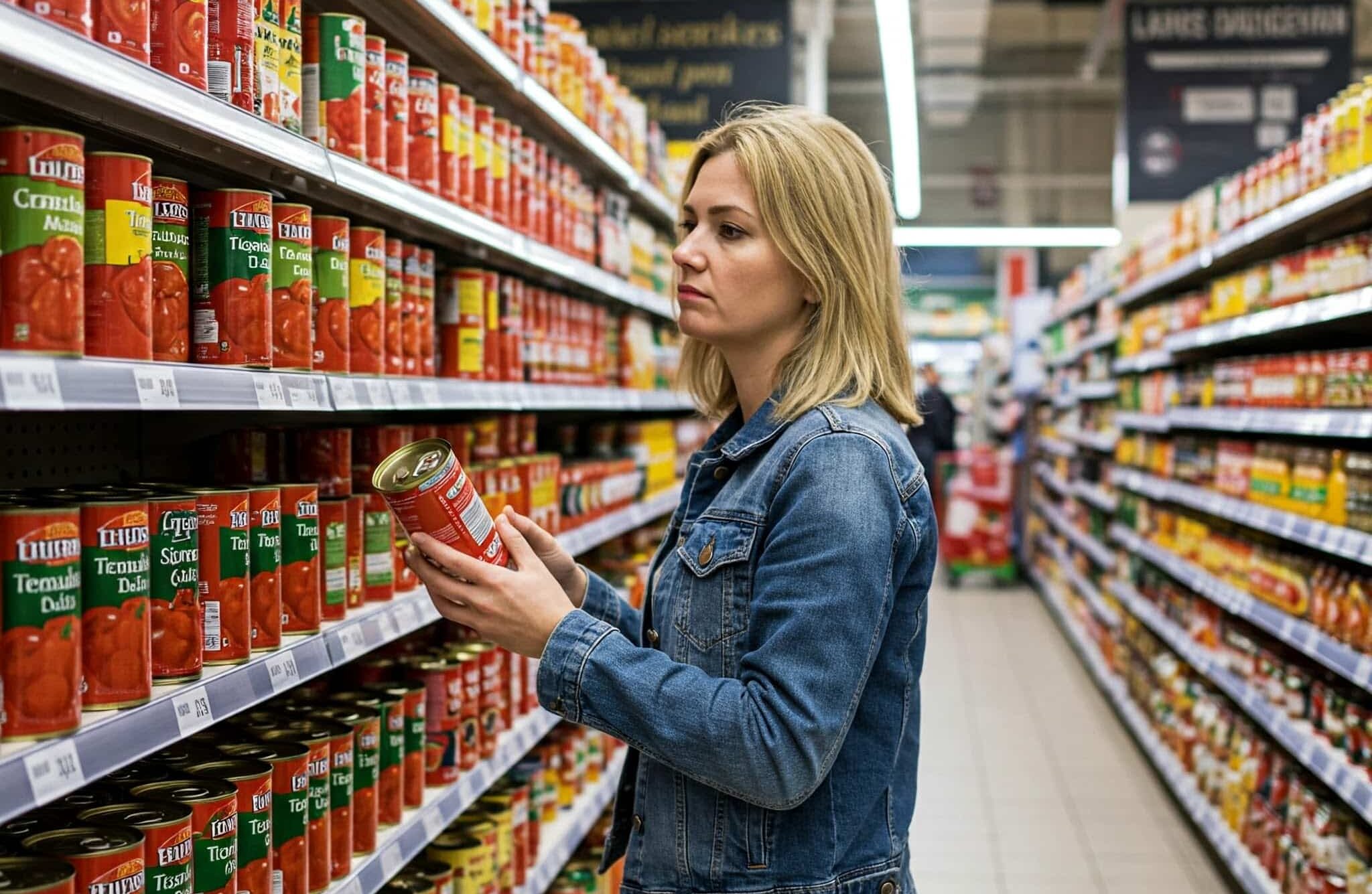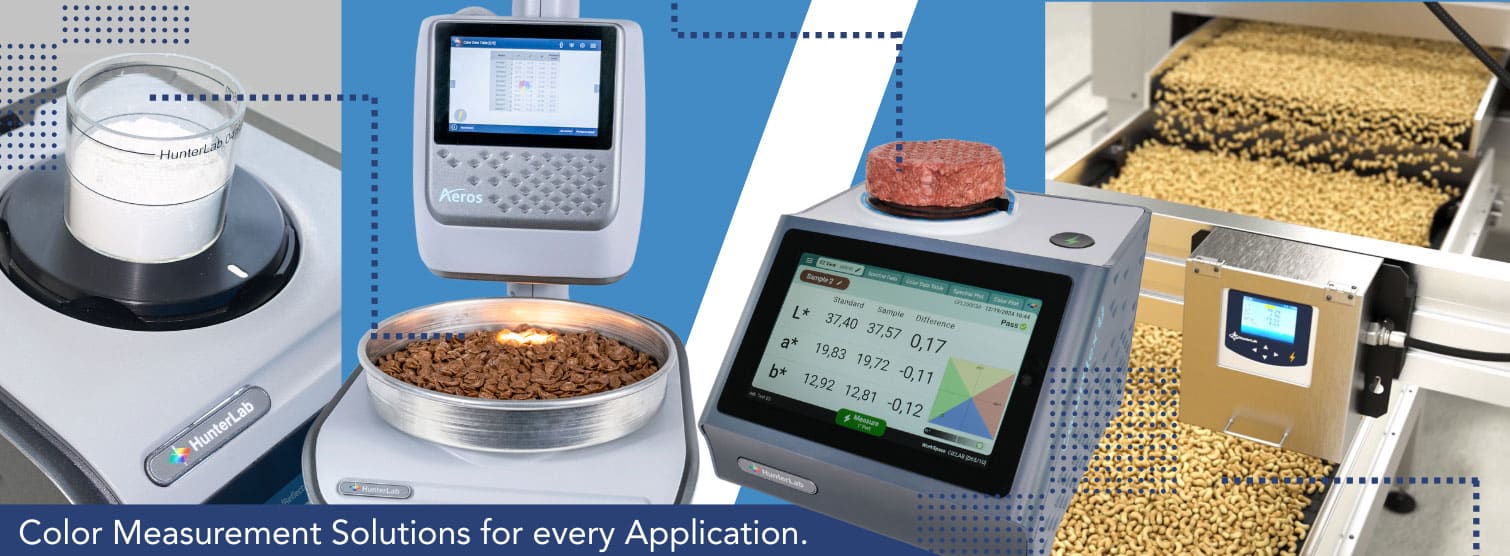How to optimize the colour quality of your food with a spectrophotometer!
The color of a food product plays a decisive role in the purchasing decision. Consumers and retailers attach great importance to an appealing appearance, as it influences the perception of freshness and quality. To minimize colour differences and ensure consistent product quality, the use of a spectrophotometer is essential. Such a colour measurement device provides precise, objective colour values and helps food manufacturers to optimize their quality standards and reduce waste. But which spectrophotometer is best suited for the color measurement of food and beverages?

The right color measurement for every food
Different measuring methods are used depending on the physical properties and consistency of a product:
- Transparent liquids: A spectrophotometer with transmission measurement, such as the HunterLab transmission device Vista, is suitable for drinks such as sports drinks.
- Irregular or opaque foods: reflectance measurements are the best choice here. Measuring devices such as the non-contact Aeros or the ColorFlex L2 guarantee precise results.
- Versatile measurement requirements: Combination solutions such as the UltraScan VIS or UltraScan PRO measure both transmission and reflection and also record color and turbidity values.
- Consider fat content: As dyes are either water or oil soluble, the fat content affects color perception. A spectrophotometer enables real-time adjustments for an optimal color result.
- Measurement in production: With in-line measuring devices such as the SpectraTrend HT, the color can be checked directly during the manufacturing process.
Comply with consumer preferences and legal requirements
Modern consumers are more health-conscious than ever before and the regulations for colorants in food are constantly changing. As a result, many manufacturers are increasingly turning to natural colors. Quantification of colorants is critical to meet the safety regulations of the U.S. Food and Drug Administration (FDA). For example, beta-carotene – a popular natural colorant for fats, fruit juices and dairy products – can be used up to the limits set in the current manufacturing process.
The spectrophotometer solution you choose should support consumer preferences and regulatory requirements by measuring color scales and indices used in your industry. For example, the Gardner color scale is the preferred method for measuring the yellowness of transparent liquids such as edible oils.
Measuring the effects of processing
The processing steps used in production can have a significant impact on food coloring, as they can cause chemical changes in dyes and pigments. When exposed to excessive heat, pigments tend to lose their stability and decompose. Synthetic dyes such as FD&C Red 40 are susceptible to this, as are natural dyes such as beet dye. The longer the exposure lasts, the stronger the color changes become.
The right color measurement device will help you capture and quantify color data at every stage of processing. This allows you to identify where changes occur to adjust your processes, avoid rejects and achieve more consistent color quality.
HunterLab: Your partner for precise color measurement
HunterLab is the world’s leading manufacturer of spectrophotometers for food and beverage color measurement. Our innovative solutions have been ensuring outstanding color quality in many industries for over 70 years. Renowned corporations and companies around the world rely on our devices and customer-oriented service. With 14 representatives throughout Europe and a dedicated team in the European HunterLab office, we support users with all colorimetric issues.
Talk to our color metrics experts to get a quote or consultation.


